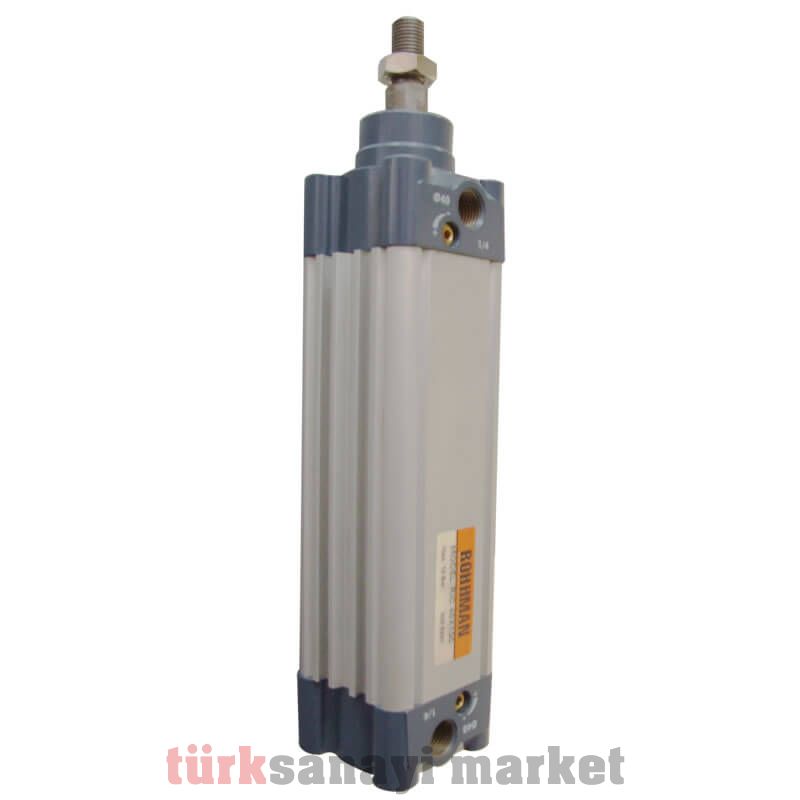Top rated

PNEUMATIC CYLINDER
Pneumatics, which comes from the Latin word "pnomo" meaning air and wind, is the branch of science and engineering that studies the movement and control of mechanical systems operating with compressed air. Today, it has also developed as a trade.
The oldest known application is the air bellows used in 2500 BC.
It can also be defined in general as: It is the application area that performs the movement and control of systems operating with gas pressure with the help of air.
WHY ARE PNEUMATIC CYLINDERS PREFERRED? Pneumatic movement and control systems have some advantages over hydraulic and electrical systems. They operate at lower pressures than hydraulics, so pneumatic equipment is cheaper. They can achieve high operating speeds.
Compressed air has been used in the mining and metallurgy sectors in recent years. Pneumatic control circuits, which used to consist of very simple and few elements, today allow the combination of dozens of movement elements and are used in almost all industrial applications that work integrated with other modern control systems. The frequent use of pneumatic systems in industrial applications is directly proportional to the positive properties of the compressed air used as the energy source, as well as the characteristic features of pneumatic operating and control elements.
Air pressure is measured in bar, the usage areas of this type of machines are that they can work in more hygienic environments compared to hydraulics. The machines work at lower pressures compared to hydraulics.
WHERE ARE PNEUMATIC CYLINDERS USED?
Pneumatic cylinders are frequently used in many stages of production, in places where compression, pressure application, lifting or linear movement is required for any reason.
Pneumatic elements of various types and sizes are used in many areas, from press applications, the pharmaceutical sector, mining to assembly lines, from the iron and steel industry to low-pressure logic circuits. In general terms, pneumatic elements and systems are used in almost all industrial applications. In a very general expression, pneumatic means approximately 6 bar pressure 0–3000 kg. It is possible to obtain linear movements requiring force between 0-36O ºC, rotation and indexing operations at angles between 0-36O ºC, circular motion that can provide 0-100 KW power.
Pneumatic is widely used in automation applications as well as force and motion systems. Pneumatics is primarily preferred in places where movements must be relatively fast, forces must be small and working conditions must be clean and safe.
WORKING PRINCIPLES The working principle of the pneumatic cylinder is to transfer compressed air to the air chamber and give linear motion to the separator piston and piston rod.
Pneumatic cylinders convert compressed air energy into linear pushing or pulling motion, while air motors convert compressed air energy into circular rotation motion. In this case, when you consider a pneumatic cylinder, electrical energy is first converted into mechanical energy to compress air. Mechanical energy is used to increase air at atmospheric pressure to a higher pressure. Energy is transported through channels as compressed air and reaches the cylinder. In the meantime, depending on the length and structure of the channels, the air that rubs against the conveying channels along the way will lose some of its energy. In addition, every small gap or hole along the air line means wasted energy. These factors can be observed as a pressure drop at the point where the air is used. The air that wants to pass to the low pressure level with the volume change in the cylinder moves the piston. At this point, the energy stored in the air is converted back into mechanical energy and linear motion is obtained.














